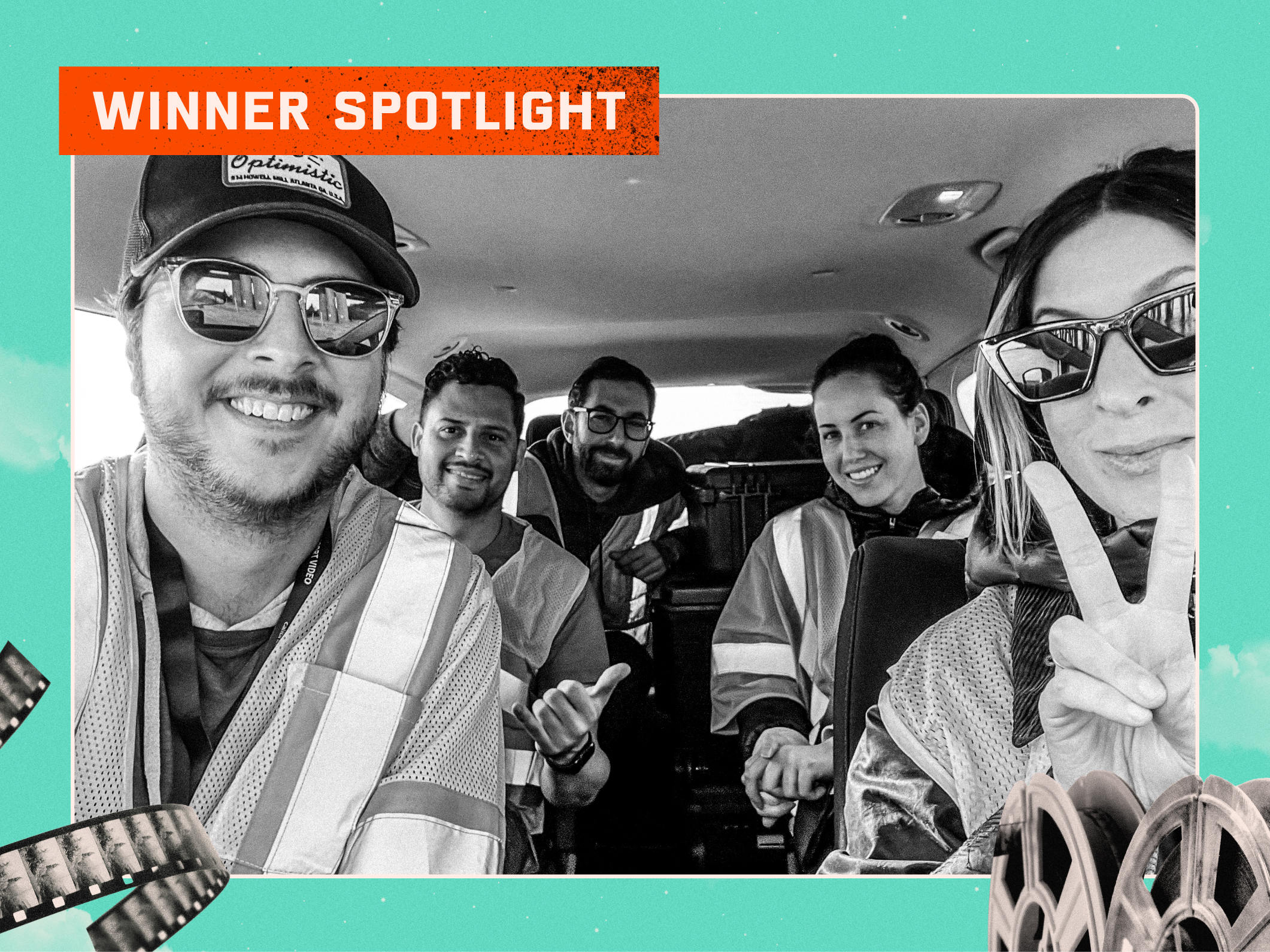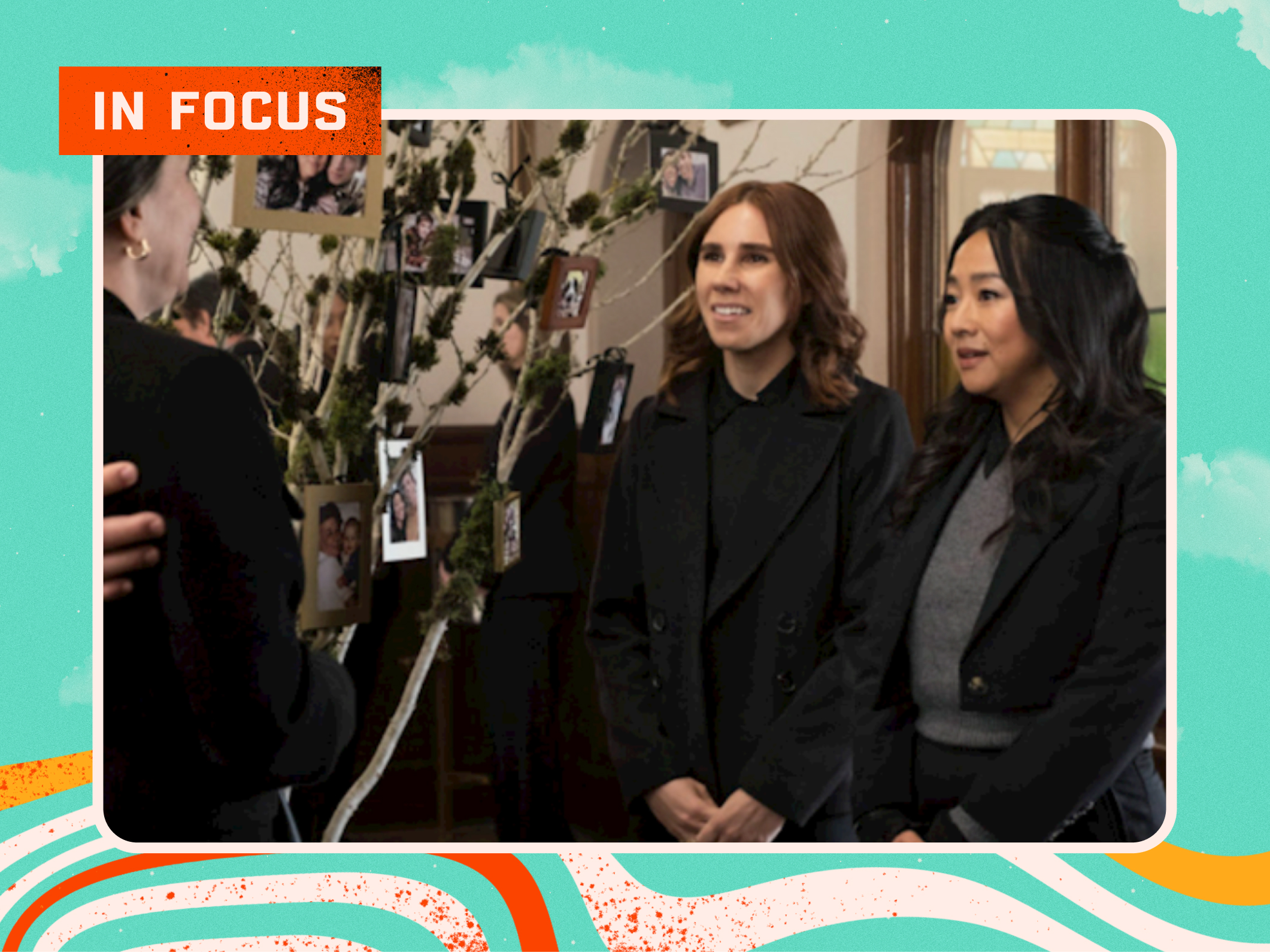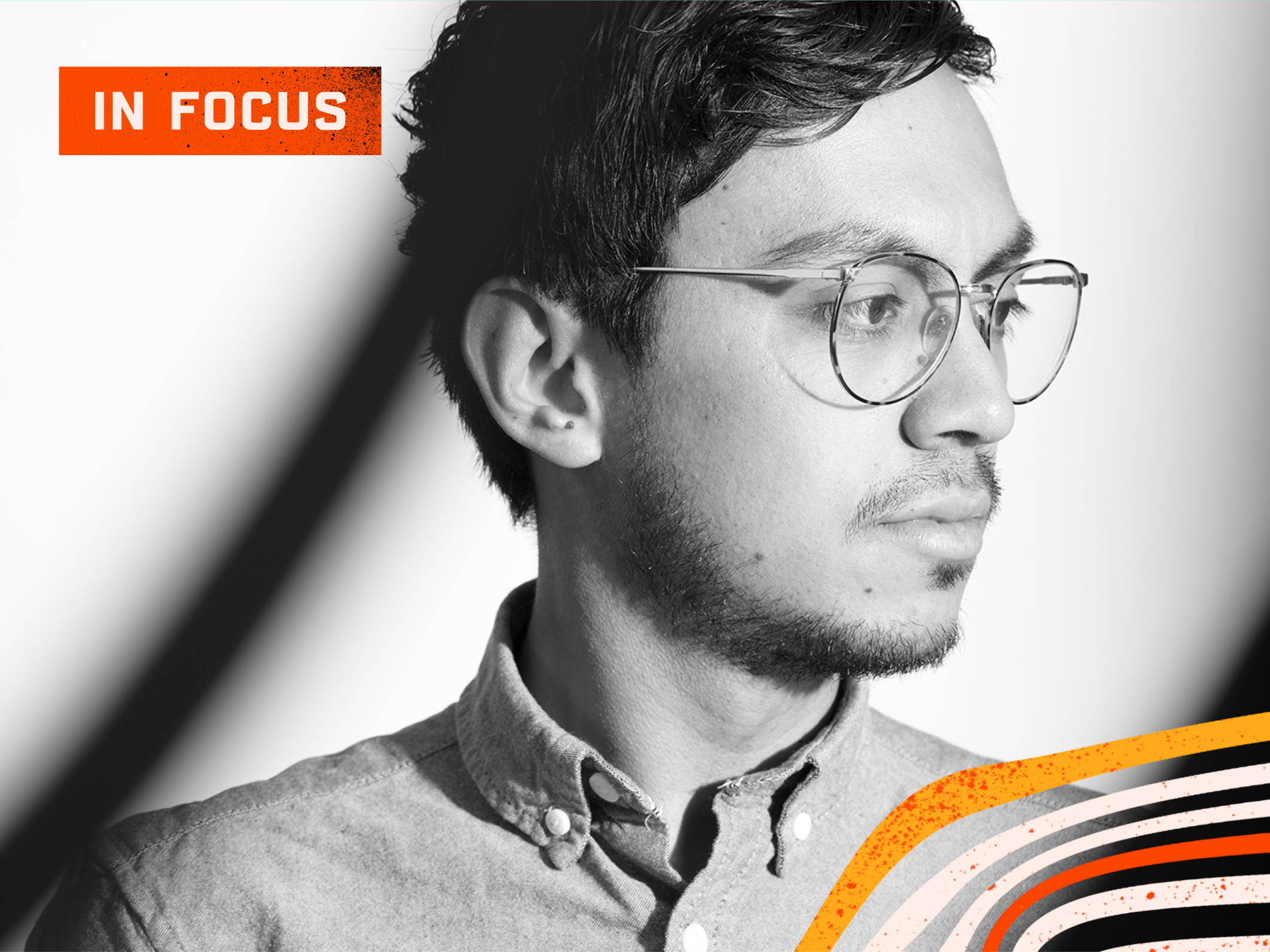For this month’s In Focus Interview, we’re honored to feature Moffitt Cancer Center, a leading cancer treatment and research center located in Tampa, Florida.
We sat down with Sarah E. Hoffe, Senior Member of Radiation Oncology at Moffitt. In addition to being a physician, Hoffe is an experienced creative writer who has written and produced several Telly Award winning videos. This includes the script she wrote for a 360 video that showcased the new patient journey through Moffitt’s GI clinic, which received two bronze Telly Awards. More recently, Hoffe wrote an educational video explaining the complexity of the patient journey on the MRI linear accelerator, which won 7 Telly awards including a gold award. This past year, Moffitt embarked on an exciting new project using virtual reality to improve patient experience. In collaboration with Ringling College of Art and Design, Hoffe and her colleagues developed a VR prototype to aid their patients undergoing treatment in the MRI linear accelerator. The virtual reality experience allows patients to prepare for being inside the MRI and practice the necessary breathing techniques. This project took home 13 Telly Awards this year. Hoffe and her husband are also working on a VR children’s book with important health messages for children.
Hoffe’s work is a shining example of how creative thinking, powerful storytelling, and experiments with new technologies can move the medical field forward and ensure that every patient feels knowledgeable and comfortable as they undergo cancer treatment. We’re so excited for you to read our Q&A with her below!
How does your team define creative success?
Our mission at Moffitt Cancer Center is to “contribute to the prevention and cure of cancer”. When we are able to create content that our patients feel is helpful and can make them less afraid and anxious, we consider that a home run.
How do you balance creating content that is both educational and engaging?
We are always focused on connecting with our patients. As a physician, I find that my patients really relate to story driven educational content. I feel it connects with them better and helps them remember the specific elements we are trying to explain. By integrating a patient storyline with important visuals, I feel that our patients really respond. We review these videos and VR experiences with our patients in the clinic and have received immediate positive feedback which has been very helpful.
What is your approach to video creation, especially as a non-profit focused on health? Has this had to change at all throughout the last year?
Our approach at Moffitt is to leverage the experience of a very diverse team. We storyboard ideas with doctors/nurses/patients/radiation therapists and researchers. We have an accomplished group of PR/Marketing colleagues who are very active in our projects as well. This way, we try to get the 360 perspective of everyone involved. During the pandemic, we have had to curtail some in person video shoots and reschedule when the local disease burden was low.
Whose work inspires you the most? Shout out some work that you feel deserves more attention!
I am a big fan of innovators in the medical space. In fact, I first heard of the Telly Awards after Peggie Sherry (CEO of Faces of Courage) won an award for her video depicting cancer patients post mastectomy who were body painted. She is a tireless advocate for improving the lives of cancer patients and creating awareness of health, wellness and cancer prevention. Her work is always truly inspirational.
What is your favorite piece of work you created in the past year? Tell us the story behind it.
By far my favorite this year was our Virtual Reality Introduction to the MRI Linac. This came about due to Moffitt’s collaboration with the Ringling College of Art and Design (RCAD) in Sarasota, Florida and has been greatly supported by Moffitt’s CEO Dr. Patrick Hwu. RCAD was the first undergraduate institution in the US to have a VR major for students. This work was truly special due to the amazing innovation of a remarkable student named Joseph Janssen who just graduated and will be working on VR for General Motors. Joe worked with his professors (Morgan Woolverton and Marty Murphy) as well as our industry colleague and VR thought leader Jeff Hazelton (Captain VR). This team worked closely with our Moffitt team which included Edmondo Robinson (Chief Digital Officer at Moffitt), physicians, physicists, researchers, patients and even a Moffitt Board Member (Ted Schilowitz) who is also a Hollywood futurist. To see how well this team flowed ideas and brainstormed creatively was a true highlight for me and to have Ted part of our team was inspiring. We are currently testing this novel tool with our patients to see how much it can help them. The MRI Linac is a game changer of a radiation delivery unit but at the price of having patients cooperate: laying still for 1.5 hours, holding their breath intermittently, and being in a narrow aperture for treatment. To think that now we can have our patients experience this virtually first and we can train their breathing is transformative. Our patients who have used it so far relate that it really helps them understand what to expect and practice their breathing. On a personal note, my husband and I just got the demo of our VR children’s book back and are currently integrating the audio tracks. We collaborated on this personal project with Jeff Hazelton and are so pleased with the book that we plan on developing a whole series. The books are written with fun characters and subliminal medical messages regarding health topics.
What is Moffitt looking forward to this year?
Our next project is to create a video that explains the portfolio of research going on in our department. Visual communication is essential due to the complexity of information we need to translate to non-medical audiences. We have a dynamic leadership team in our department who are very supportive of the vision to create an edutainment piece that will hopefully explain what some of our cutting edge research work is and where we think the future is. This will be a complex project that will require us to use animations and lots of graphics so we definitely feel it will challenge our team. I am also working on a VR grant project with Dr. Lee Green and Dr. Issam El Naqa. Dr. Green has been a steadfast supporter of VR and co-led the Moffitt/RCAD collaboration with me. Our proposed grant will use VR/AR in a novel way to enhance diversity representation in clinical trials.
What does winning a Telly Award mean to you?
For me personally it means validation. In high school, I won a national writing award and knew I loved creativity but that I also wanted to pursue medicine as a career. When I was a freshman at Brown University years ago, I was told by my physician course instructor that “medicine is not creative” and if I enjoyed creativity I should pick another field. The 27 Telly Awards our team has won over the last few years mean the world to me as they validate the choice I made to become a physician and not abandon creative projects. I have been thrilled to find kindred creative spirits in medicine such as my former Department Chair and co-founder of MyCareGorithm, Dr. Louis Harrison. Dr. Harrison’s passion for visual creativity in medicine mirrors my own and I am happy that I found my “place”. I am beyond thrilled I am surrounded by creative talented colleagues at Moffitt and Ringling College of Art and Design and humbled that the Telly Award judges have recognized our efforts.





